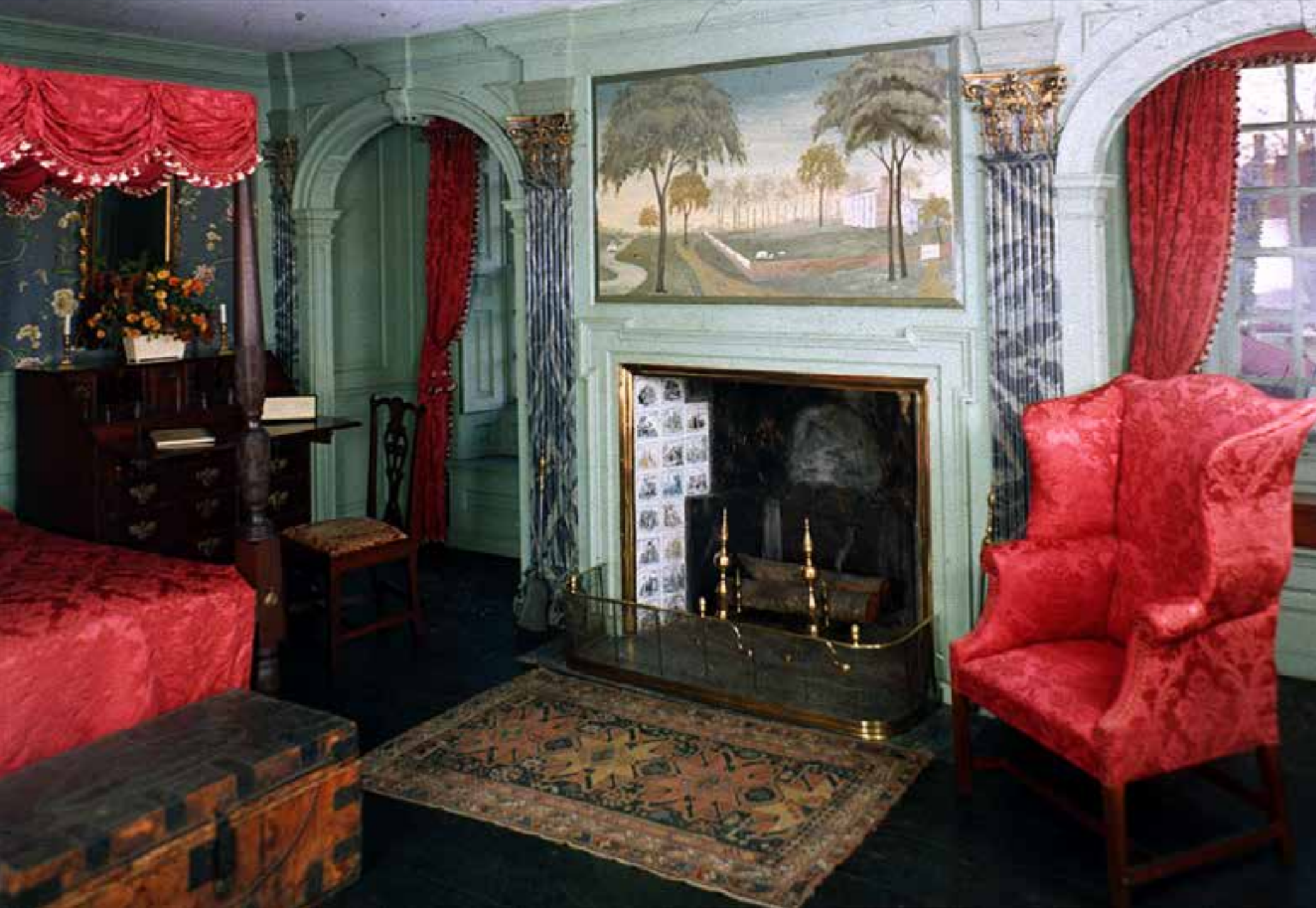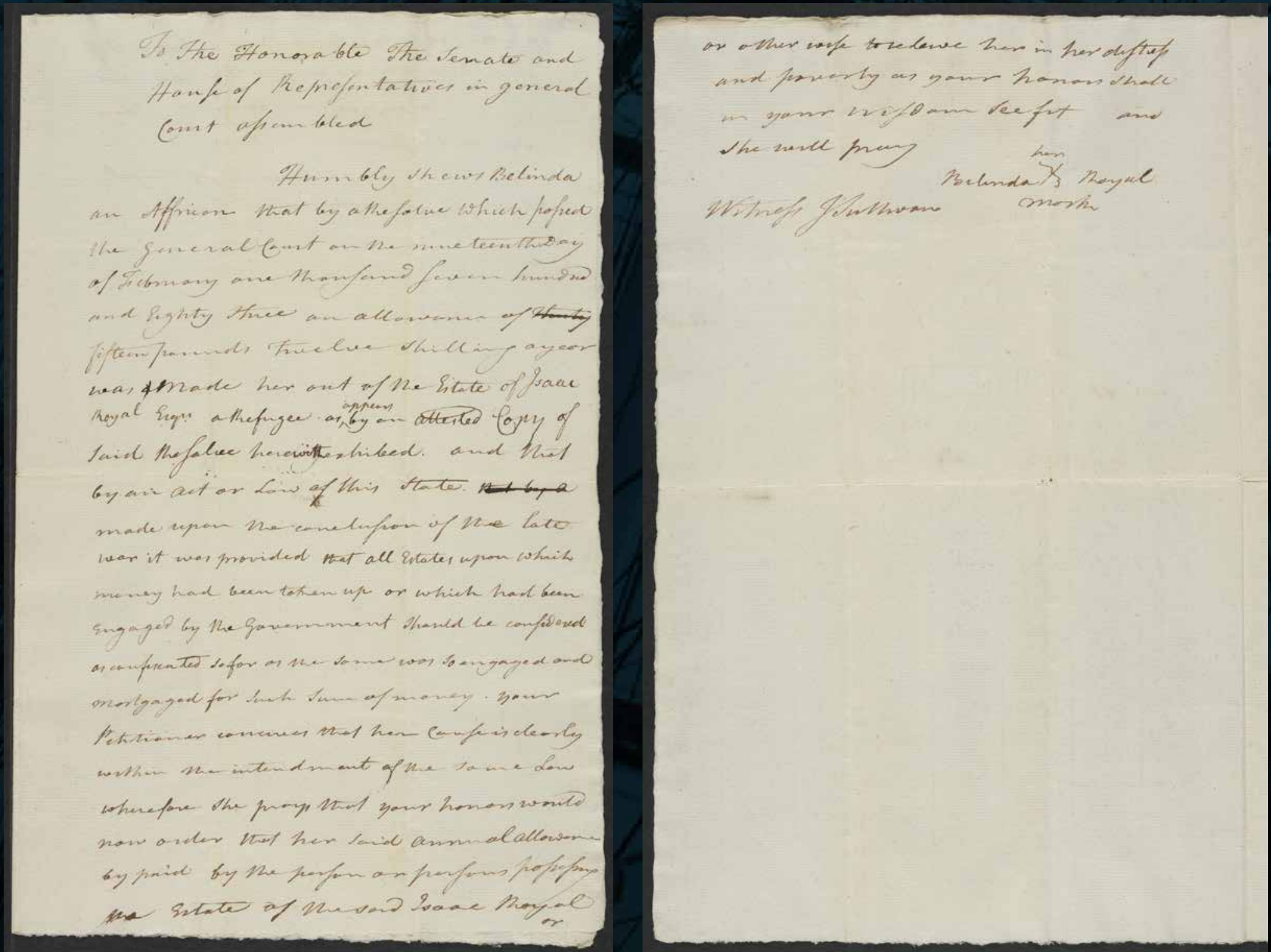Medford’s Royall House and Slave Quarters provide a window into the world of Massachusetts’ Tory elite.
“On Wednesday last arrived here the Ship Unity...from the island of Antigua, Michael Dalton commander, who brought here passengers Col. Royal and his family...”
- Boston Gazette, 1737, after the Antiguan slave revolt
”
Slave Revolt
In 1736 the black/white population ratio on Antigua was nine to one when a slave revolt began. The repression was brutal. Eighty three slaves were executed. Seventy-seven were burned alive including Isaac Royall’s driver. Royall brought 27 slaves to his Medford property.
From Ryall to Royall
Of humble origins, Isaac Ryall was fascinated by the lifestyle of shipping merchants. His marriage to the great-niece of famed “Indian” missionary John Eliot brought enough money to establish a sugar plantation on Antigua. Isaac changed the family name from “Ryall” to “Royall.” After a slave revolt on Antigua he spent more time at his Medford, Massachusetts home. His son Isaac Royall Jr. was forced to flee on the eve of the American Revolution.
- by John Singleton Copley, Museum of Fine Arts, Boston
Slave quarters

A bedchamber at the Royall House.
Belinda
Belinda was a slave with the Royall family for fifty years. Her last memory of her parents in Africa went back to childhood. Walking by the Volta River in present day Ghana, she and her parents were praying to the god Orisa when she was caught by strangers and dragged away. After years of slavery on Antigua, she was brought to the Royall’s Medford estate.
- Styg Nygaard

Belinda's petitions
Isaac Royall Jr. left property to Harvard College that helped in founding the law school. Because of the connection to slavery Harvard University recently removed the Royall coat of arms from the law school seal.
